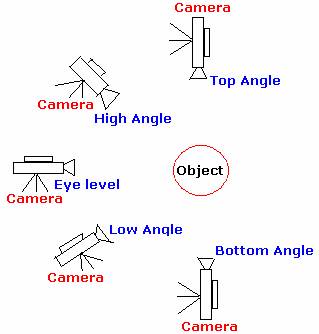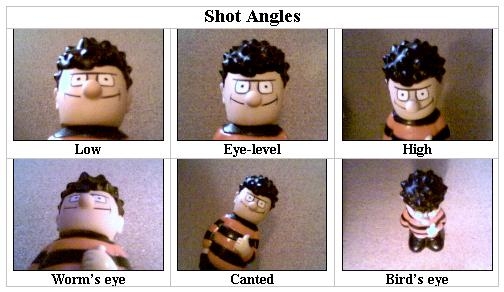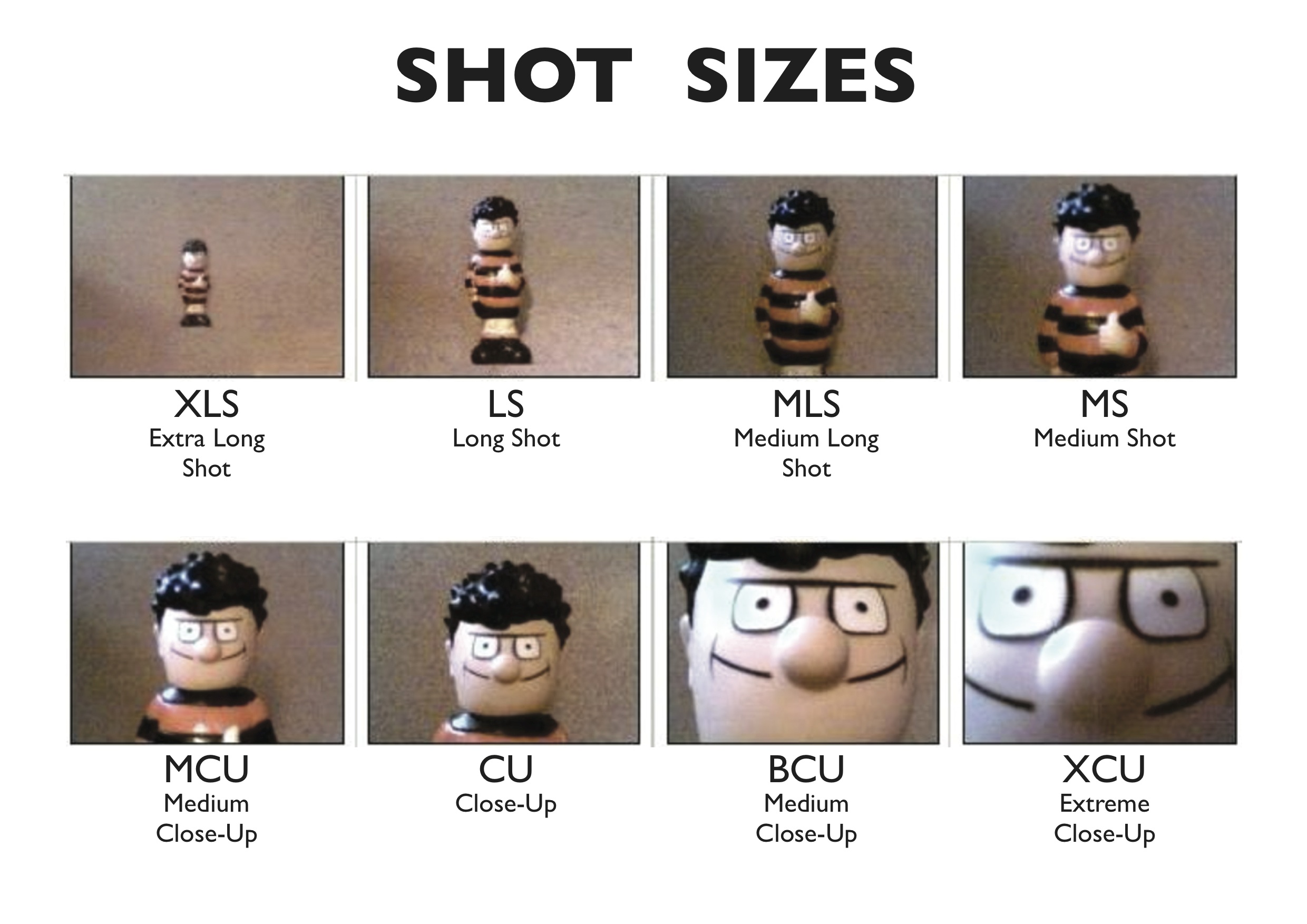

Source: www.studiobinder.com Click here for more info.
A. EYE LEVEL SHOT.
First, consider the most common height: the eye level shot. When your subject is at eye-level they’re in a neutral perspective (not superior or inferior). This mimics how we see people in real life -- our eye line connecting with theirs.
B. LOW ANGLE SHOT.
A low angle shot frames the subject from a low camera height looking up at them. These camera shots most often emphasize power dynamics between characters.
C. HIGH ANGLE SHOT.
In a high angle shot, the camera points down at your subject. It usually creates a feeling of inferiority, or “looking down” on your subject.
D. BIRD'S EYE SHOT OF OVERHEAD SHOT.
An overhead shot is from way up high, looking down on your subject and a good amount of the scenery surrounding him or her. This can create a great sense of scale and movement.

Photography is an essential technique for transmitting visual information. As a beginner photographer you should be looking at the images made by other photographers, people whose work you admire. You sure noticed that somehow the compositions of these photographers tend to be a lot more eye catching. There is no magic wand which you can wave and your photography can become better all of a sudden. It does take a considerable amount of time and energy to develop the necessary skills to make great images. The first thing you must consider is a good understanding of the Compositional Rules of Photography. This compositional rules are not designed to remove your creativity. Once you have mastered these rules, you would be able to go beyond them, break them whenever necessary so that you can create even more captivating images and you will consider them as guides.
This year we are going to focus just in three of them:
RULE OF THIRDS: The main object is placed on one of the intersections.
RULE OF THE HORIZON LINE: You can divide the landscape in three horizontal lines.
COMPOSITION RULES TIPS
















No hay comentarios:
Publicar un comentario